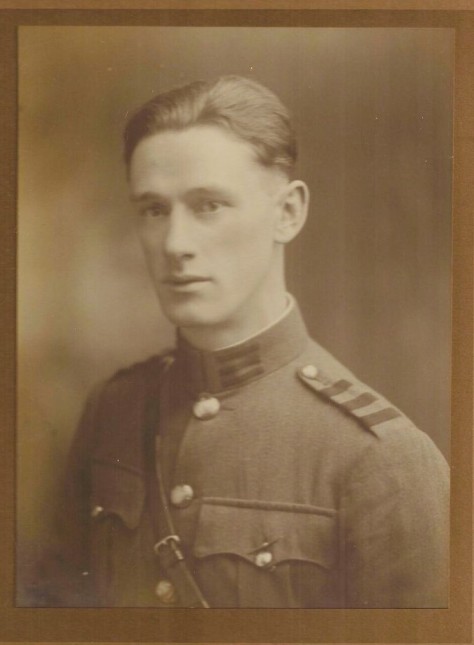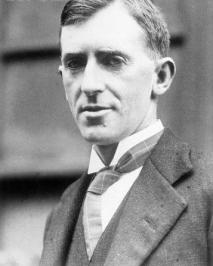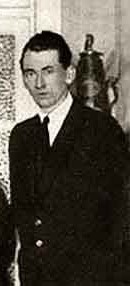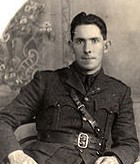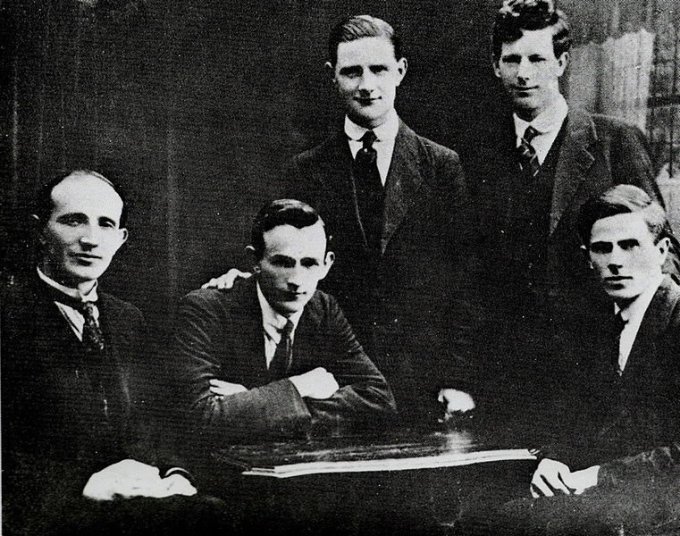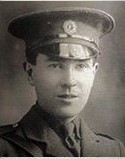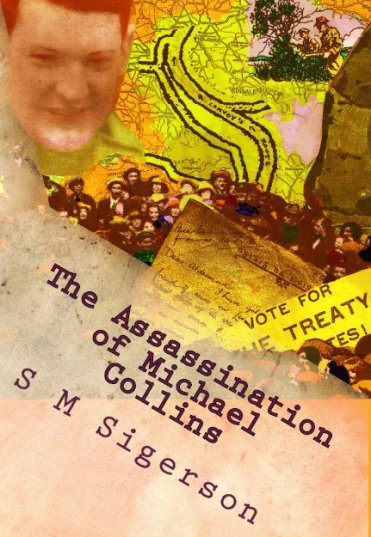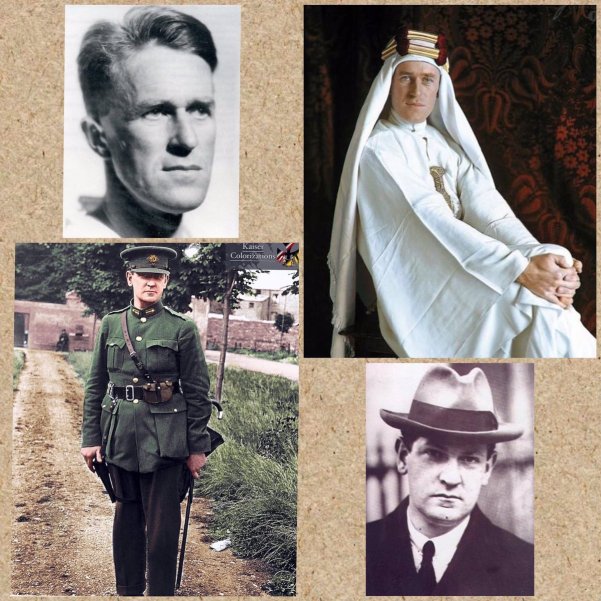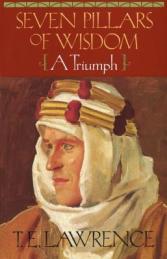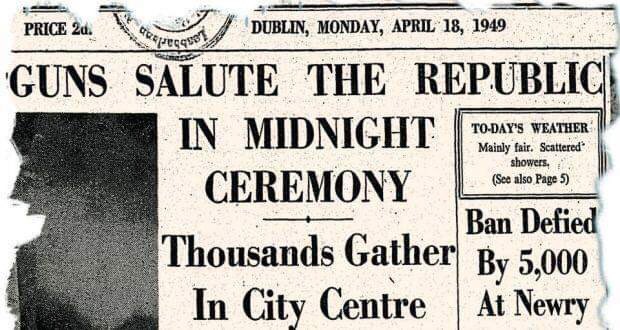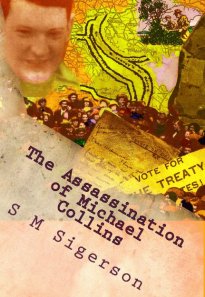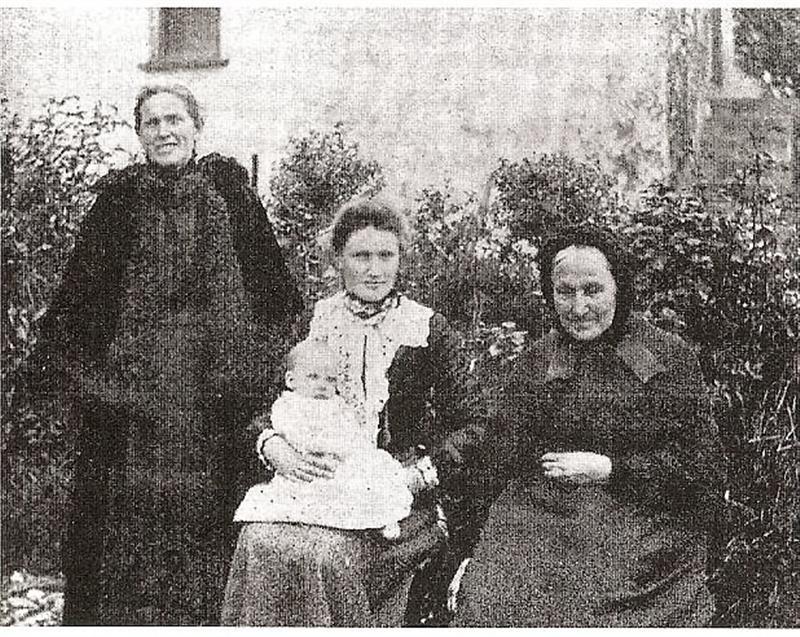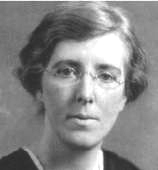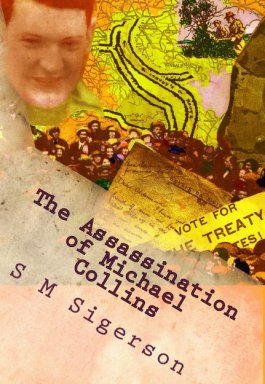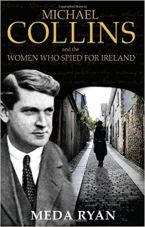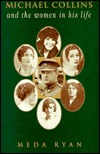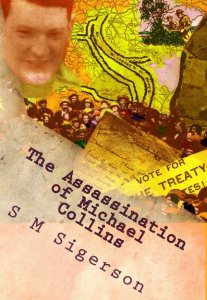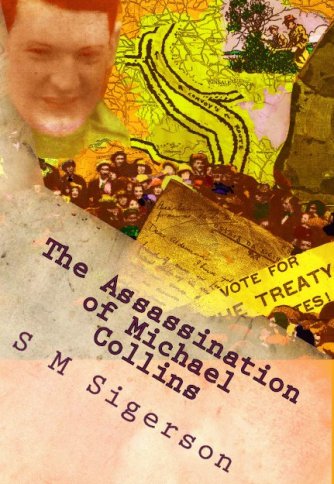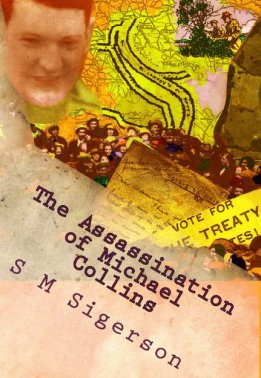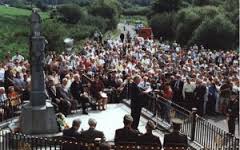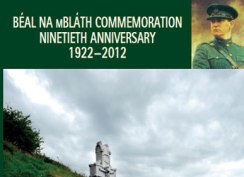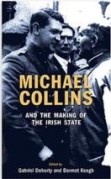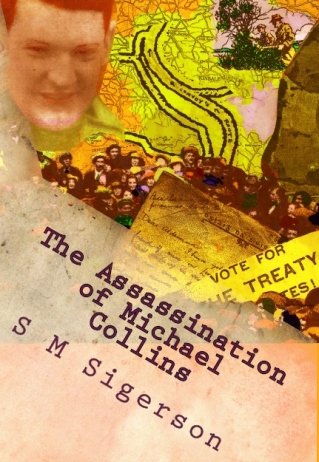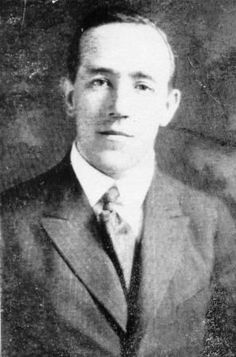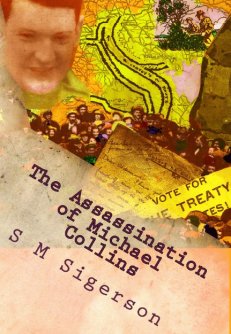In January 1923, just a few months after the Assassination of Michael Collins a number of Collins’ top officers and closest associates called a meeting. At the height of Ireland’s Civil War, they shared growing concern about the National Army’s direction since Collins’ death.
In June they presented the following Document to Genl Richard Mulcahy, who had become Commander-in-Chief (“C-inC”) at Collins’ death:
- Previous to the negotiations with the British which ended in the signing of the Treaty we all had one outlook and common aim, viz., “The setting up and maintaining of a Republican form of Government in this country”. In this ideal we followed the late C. in C. and accepted the Treaty in exactly the same spirit as he did. We firmly believed with him that the Treaty was only a stepping stone to a Republic. The late C. in C (Mick Collins) told us that he had taken an oath of allegiance to the Republic and that oath he would keep Treaty or no Treaty – this is our position exactly.
2. The actions of the present G.H.Q. Staff since the C. in Cs. death their open and secret hostility towards us, his Officers has convinced us that they have not the same outlook as he had. We require a definite “Yes” or “No” from the present C. in C. if this be so.
3. Does the C. in C. understand the temper of the old I.R.A. who are now in the National Army? He does not! Your Army is not a National Army. it is composed of 40% old I.R.A. 50% Ex-Britishers and 10% Ex-civilians. The majority of the civilians were and are hostile to the National Ideals. In the Army you have men who were active British Secret Service agents, previous to the Truce and who have never yet ceased their activities.
4. We ask that a Committee of Inquiry be set up at once to investigate the advisability of retaining or dispensing with the services of any Officer gazetted or otherwise. The findings of this Committee to be accepted and acted on by the staff. We require equal representation on this Committee.
5. We wish to bring to your notice the following facts on which we will have we hope a full and frank discussion
1. The Composition of the Dublin Command
2. The recent appointment of the D.M.P. Commissioner
3. The staffs peace overtures to the Irregulars
4. The setting up of an S.S. Dept.
5. It is time that this state of affairs ended, we intend to end it. Unless satisfactory arrangements are come to between us our Organization will take whatever steps they consider necessary to bring about an honest, cleaner and more genuine effort to secure the Republic.
6. It is not our intention to cause any rupture which would give satisfaction to the enemies of Ireland. We ask the
C. in C. to meet our efforts in the same spirit which he would have regarded them in 1920 and 1921.
Cabinet Counterrevolution? Ernest Blythe, WT Cosgrave & the death of Michael Collins
Read more
“The Assassination of Michael Collins:
What Happened At Béal na mBláth?”
by S M Sigerson
Paperback or Kindle edition here:
www.amazon.com/dp/1493784714
All other e-reader formats:
www.smashwords.com/books/view/433954
Read reviews:
http://www.rabidreaders.com/2014/12/03/assassination-michael-collins-s-m-sigerson-2/
Or ask at your local book shop
